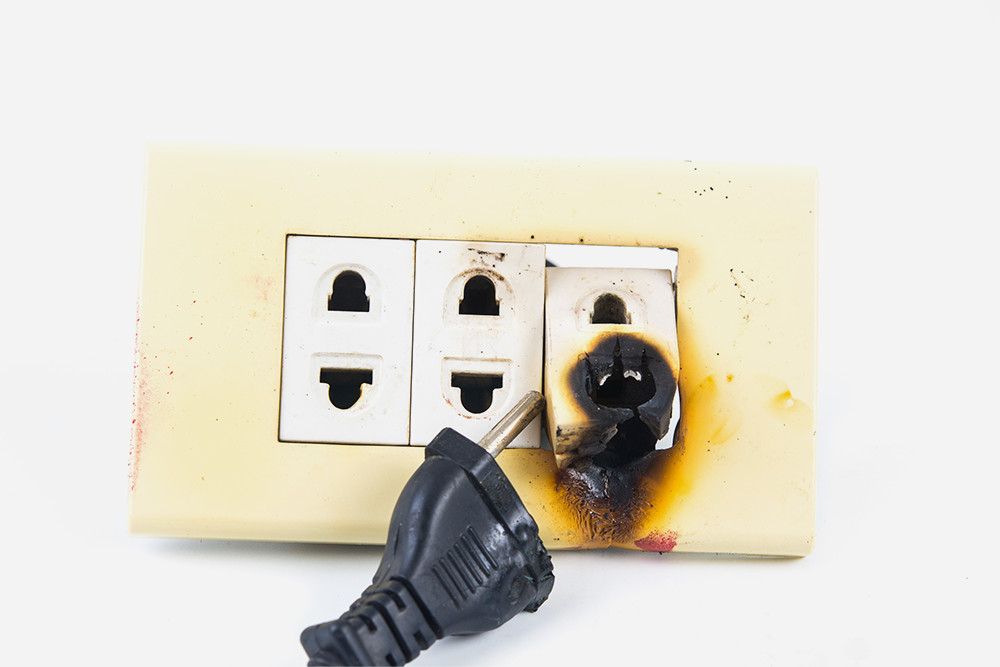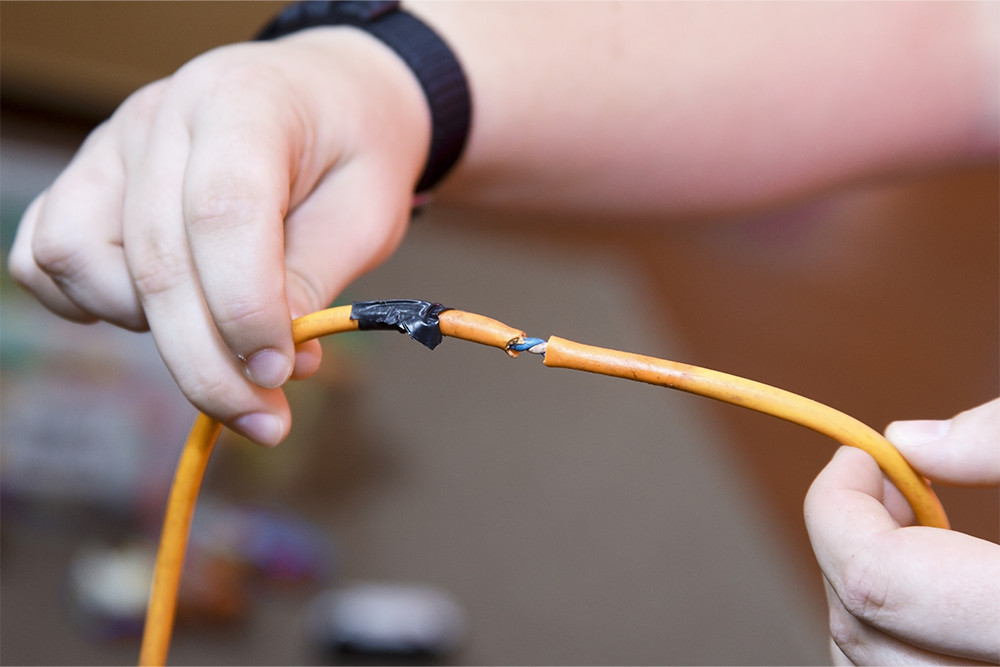
Faulty or misused electrical appliances are a major cause of fires in domestic and non-domestic buildings in the UK. Portable Appliance Testing, often referred to as PAT testing, was designed to make sure all electrical appliances are safe.
But is PAT testing a legal requirement for the workplace? In this article, we outline the purpose of PAT testing, explain the legalities around it and look at how often you need to perform these tests.
What is Portable Appliance Testing (PAT)?
PAT testing is a health and safety term to describe the process of checking electrical appliances are safe to use. Formally, PAT testing is called ‘in-service inspection and testing of electrical equipment.’
These tests are also referred to as combined inspections and tests. This is essentially what they are: a formal visual inspection, in combination with an electrical test, of an appliance.
The purpose of PAT testing is to identify any defects that could potentially result in harm or start a fire.
The Importance of PAT Testing
Faults in appliances can cause sparking when electrical currents escape. The sparks can ignite combustible materials like flooring, curtains, furniture or walls. And we all know it only takes minutes for a fire to engulf a building.

Half of all UK fires in domestic buildings are caused by electrical faults. While there are no current figures for commercial buildings, it’s believed the number of electrical fires here is even higher due to the amount of cooking appliances and other electrical appliances used in workplace environments.
Nine out of every 10 electrical fires are caused by faulty or misused electrical equipment, according to UK health and safety experts. Figures also show that nine out of every 10 electrical appliances purchased from online retailers do not meet UK safety standards.
Regular PAT testing of all electrical appliances in your workplace ensures that they meet all relevant UK safety standards.
Is PAT Testing a Legal Requirement for Workplaces?
Currently, businesses aren’t legally required to perform PAT testing. But, there are several pieces of legislation that require you to ensure any electrical equipment in the workplace is reasonably safe to use.
This legislation includes:
- Health and Safety at Work Act of 1974
- Electricity at Work Regulations 1989
- Provision and Use of Work Equipment Regulations
How you go about ensuring your equipment is safe is up to you. But, PAT Testing is considered best practice. The process for it is outlined in the Institute of Electrical Engineering’s (IET’s) Code of Practice.
Although PAT testing isn’t strictly necessary under the law, conducting these tests demonstrates compliance. It helps you avoid severe penalties that could include fines and/or criminal charges for breaches in the law.
What Types of Electrical Appliances Need to Be Tested?
The Electricity at Work Regulations 1989 states that electrical equipment is ‘anything used, or intended to be used or installed for use, to generate, provide, transmit, transform, rectify, convert, conduct, distribute, control, store, measure or use electrical energy.’
PAT testing covers electrical equipment such as:
- Fixed appliances like cookers or bathroom hand dryers
- Stationary appliances including refrigerators
- Portable appliances such as kettles
- Chargers, cables and wires
- Handheld devices
Although the acronym contains the word ‘portable’, in practice, all electrical equipment should undergo PAT testing.
How Often Do You Need to Test Electrical Appliances?
How often you do PAT testing depends on the type of equipment being used, how often it’s used and the environment in which it’s used. A kettle in a busy office or a power tool used in a workshop will need to be tested more regularly than a hair dryer in a hotel room, for instance. This PAT testing guide from the Health and Safety Executive (HSE) offers more advice.
Who Can Carry Out PAT Testing?
A basic PAT test can be done by anyone competent under health and safety legislation. They must have sufficient knowledge of the risks of electricity, the nature of the appliance and electrical system on which they’re working. In most cases, it requires them to complete an accredited PAT testing training course.
What Does a PAT Test Involve?
As mentioned, a PAT test involves a formal visual inspection, combined with an electrical test of the appliance.
Visual Inspection
The formal visual inspection involves checking for:
- Obvious signs of damage to the appliance itself
- Faults or damage to leads and cables, and the plug and socket
- Cracks, fraying exposed wires, corrosion or abrasions
An inspector should note and investigate any issues flagged by the user. The immediate environment surrounding the appliance must also be evaluated for hazards such as overloaded extension cords or sockets, tangled cables or pools of water.

The inspector must consider the age of the appliance, how frequently it’s used and whether or not it’s classified as a Class I or Class II appliance. As well as a visual check, Class I appliances require further testing with a specialised portable appliance testing device. It checks the insulation resistance, lead polarity and earth continuity of the device.
Electrical Testing
The electrical testing stage of PAT involves connecting a testing device to the appliance and running a series of tests on the appliance.
The type of test required may vary slightly based on the type of electrical equipment. The main types are Class I and Class II.
The tests include:
- Earth continuity
- Lead polarity
- Insulation resistance
The testing device will inform the tester if the appliance passes each of the tests.

Recording the Results
After the PAT test, a detailed report must be produced with the results for each appliance that’s been tested. The appliance will receive a label that designates whether it has passed or failed the PAT test. Any appliance that has failed must be repaired or discarded. If it’s repaired, it must pass another PAT test before being put back into use.
Where to Learn More About PAT Testing
As an employer, you have a legal duty to make sure that all electrical appliances in your workplace are safe to use. Regular PAT testing is the best way to meet your responsibilities.
Our PAT Testing Course teaches you how to perform visual inspections and tests on appliances. You learn the underlying principles of PAT testing, your legal obligations and how to test Class I and Class II appliances. The course runs online for approximately 50 minutes. Don’t put your business at risk of a fire because of a faulty appliance!



























































































































































































































































































































































































































































































































































































































































































































































